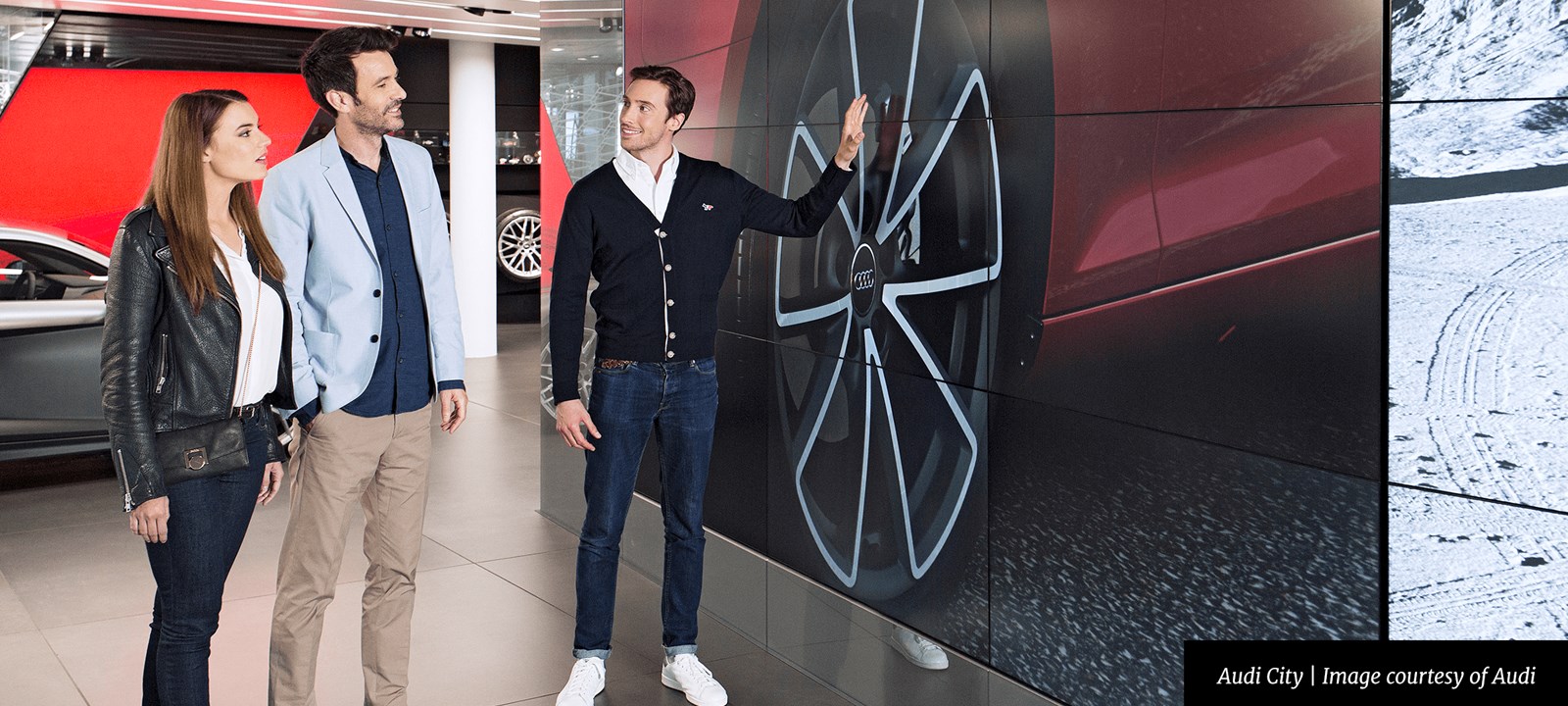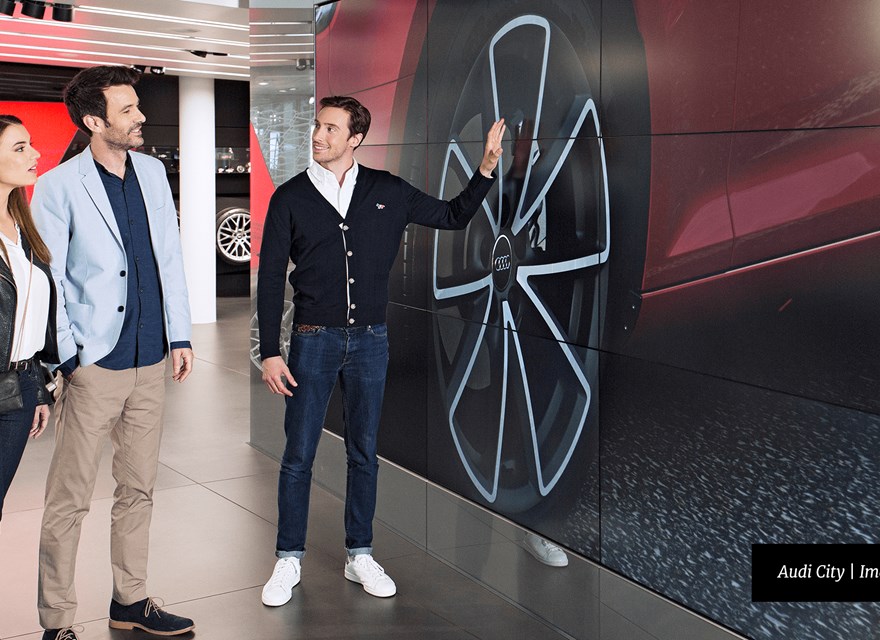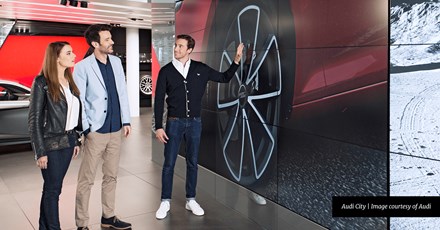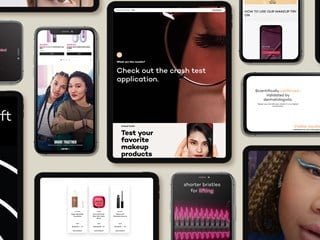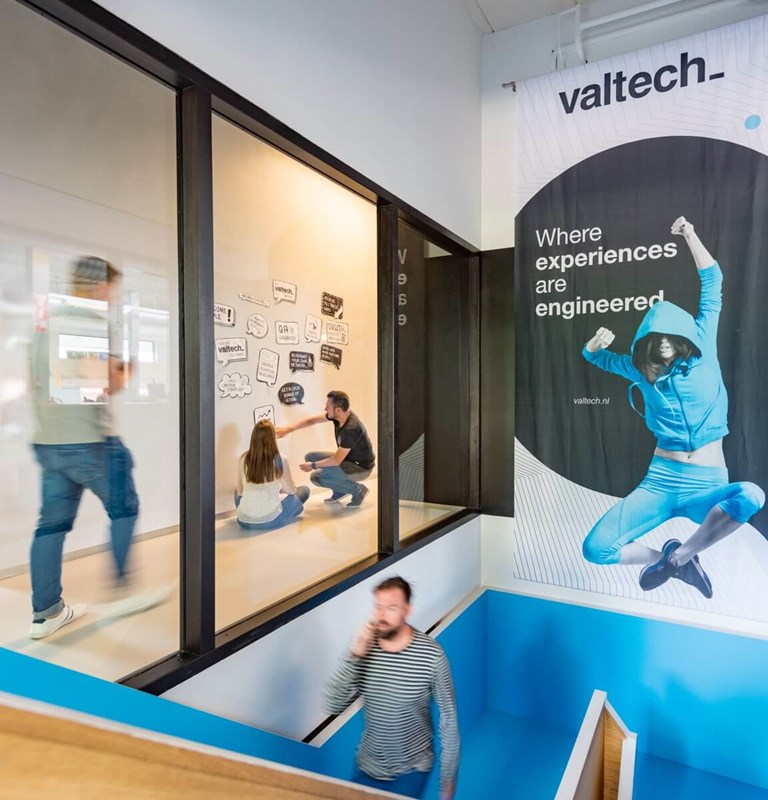setembro 24, 2020
In May 2001, Apple opened its first two retail locations in Fairfax County, Virginia, and Glendale, California. With little public awareness in a nation where the year’s most quotable catchphrase belonged to the “Dell Dude,” Apple’s leap into the brick-and-mortar landscape was widely derided by press and industry experts.
Fortunately, what Apple knew early on—before “experiential retail” became a trendy, yet somewhat nebulous, industry buzzword—was that consumers, now plugged in to a brand-new stream of consciousness, wanted to continue experiencing the rush of connectivity even when offline.
The result was a sleek, modern and minimalist store design that nixed the idea of traditional customer service queues and instead offered personalized services. And as year three rolled around, the Apple Store made history by reaching over a billion dollars in sales.
Since then, the Apple Store model has set the template for physical store experiences as retailers around the globe rebrand and remodel their brick-and-mortar locations to meet the Apple-standard expectations of omnichannel shoppers. And as technology becomes less of a novelty and more of an appendage for today’s connected consumer, retailers taking the biggest creative leaps will see their brands succeed far into the future. Here are a few key experience strategies that the world’s most innovative brands are implementing in their stores today.
Educating Through Tech-Prominent Showrooms
We’ve all heard the numbers: Approximately nine in 10 consumers will check Amazon before making an online purchase. Interestingly, those numbers are consistent even in the auto buying market. It may not be on Amazon—or not yet, at least—but nine out of 10 consumers thinking of buying a new car will first do some fact-finding online before heading out to a dealership.
In 2012, global car manufacturer Audi launched its first Audi City concept in Berlin as a pilot project for new digital showroom experiences. Through augmented and virtual reality technologies, Audi customers and curious passersby could walk into the showroom and customize their dream car and then experience it on a one:one floor-to-ceiling mega-screen.
The concept proved to be attractive to fans and customers of the brand and, since its launch, Audi has been bringing its future forward showrooms to top city-center locations throughout Europe, Russia and Western Asia.
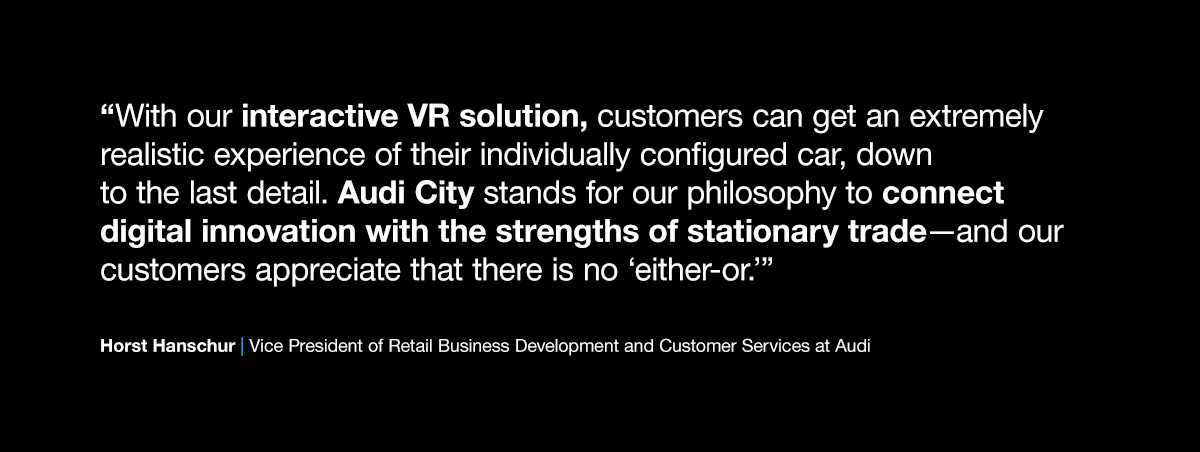 Horst Hanschur, Vice President of Retail Business Development and Customer Services at Audi, told RETHINK Retail that the VR experience explains Audi technologies intuitively and offers customers the opportunity to immerse themselves in extraordinary moments from the world of the four rings.
Horst Hanschur, Vice President of Retail Business Development and Customer Services at Audi, told RETHINK Retail that the VR experience explains Audi technologies intuitively and offers customers the opportunity to immerse themselves in extraordinary moments from the world of the four rings.
“With our interactive VR solution, customers can get an extremely realistic experience of their individually configured car, down to the last detail,” Hanschur explained. “Audi City stands for our philosophy to connect digital innovation with the strengths of stationary trade—and our customers appreciate that there is no ‘either-or.’”
Audi City locations also offer live consultations where, with a simple click, the customer is connected with a live consultant in Audi City Berlin, who uses augmented reality goggles to transmit live images to the customer from inside the vehicle.
“Of course, the new technology means that the dealer has to make an investment, but the dealers invest in their future,” Hanschur said. “We offer tools that create a win-win situation for customers and dealers.”
On a global scale, Audi concentrates on a combination of digital experience and sale functions. At the same time, Audi City forwards the roll-out of digital customer elements for their dealers. To date, more than 950 dealers worldwide are equipped with digital retail modules that provide many benefits including:
A better shopping experience: More transparency, safety and technical understanding for the customers at the purchase decision.
Additional turnover potential: On average consumers spend more for extra equipment at digitalized sites.
Significantly reduced investment: Costs for digital innovations decrease as Audi absorbs development achievement costs: IT-competence network and scaling.
“We have seen the demands of our customers change with megatrends like electric mobility, urbanization and digitalization,” Hanschur said. “Therefore, we have to continually improve our offer, the shopping experience and the technique to impress our customers and create an extraordinary experience.”
Your Store, Your Media Channel
New York Times Bestselling author Jay Baer once famously said, “Content is fire, social media is gasoline.”
And although social sharing via the internet is a relatively new concept, media itself has always been retail’s strongest supporter—It’s the reason why Disney opened 12 amusement parks and thousands of retail shops around the world.
Through connected storytelling, retailers now have an opportunity to share their brand narrative both online and in store.
 Macy’s, for example, recently acquired STORY, a narrative drive retail concept, that allows customers to explore new brands in a colorful, “Instagrammable” store setup that changes every few months. The products, which range from children’s books and accessories to stationery and kitchen gadgets, are personally curated, color coded and arranged on store shelves to appear as though they might belong on the pages of Vanity Fair.
Macy’s, for example, recently acquired STORY, a narrative drive retail concept, that allows customers to explore new brands in a colorful, “Instagrammable” store setup that changes every few months. The products, which range from children’s books and accessories to stationery and kitchen gadgets, are personally curated, color coded and arranged on store shelves to appear as though they might belong on the pages of Vanity Fair.
Nike, too, has opened its NYC House of Innovation Lab where, upon entrance, customers are shown the brand’s most immersive, seasonal and sport-inspired storytelling moments. From there, customers are free to roam though the building’s six-levels of personalized displays, curated collections and can even visit the fourth floor Sneaker Bar to co-create their own custom shoe.
And as they explore, shoppers using the Nike App can scan QR codes on mannequins to check color and size availability and can even have the items instantly sent to a fitting room.
Thoughts and Feelings Drive Business Outcomes
A recent Forrester study revealed that how customers feel holds 1.5x greater of an impact on business outcomes than how they think. So, what does this mean for retailers without time to access the psychotherapy couch?
For brands like Starbucks, finding the right balance between providing warmth and inspiration is what sets them apart from others in their category, especially when it comes to their gorgeous, premium Reserve Roastery locations.
The immersive coffee experience, which typically spans across thousands-of-square-feet of retail space, gives customers a birds-eye view into the roasting process while simultaneously indulging them with artisanal, hand-crafted beverages.
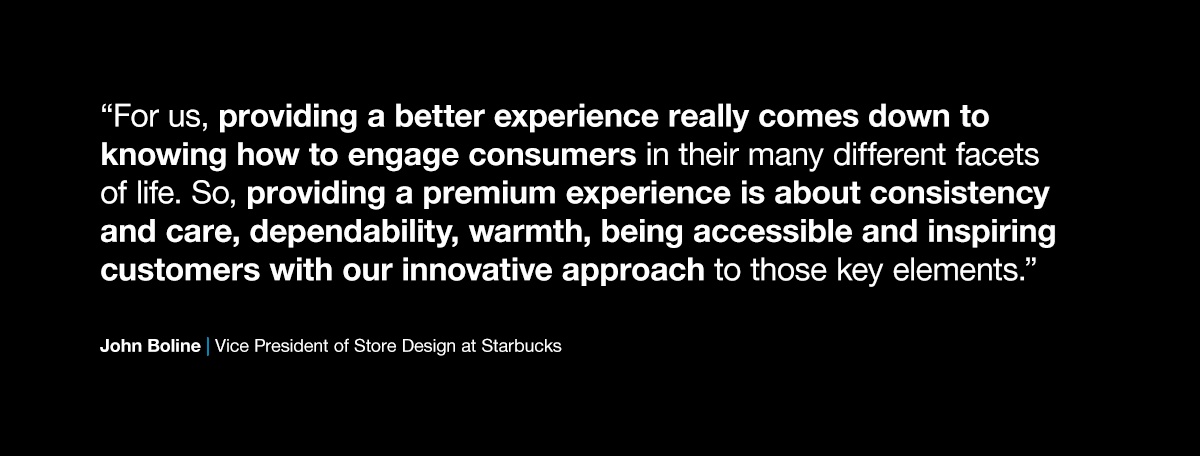 “For us, providing a better experience really comes down to knowing how to engage consumers in their many different facets of life,” John Boline, Vice President of Store Design at Starbucks told RETHINK Retail. “So, providing a premium experience is about consistency and care, dependability, warmth, being accessible and inspiring customers with our innovative approach to those key elements.”
“For us, providing a better experience really comes down to knowing how to engage consumers in their many different facets of life,” John Boline, Vice President of Store Design at Starbucks told RETHINK Retail. “So, providing a premium experience is about consistency and care, dependability, warmth, being accessible and inspiring customers with our innovative approach to those key elements.”
But Ultimately, It’s All About the Community You Create
Once again, Apple is already ahead of the trend as they rebrand retail locations for a new generation of iShoppers.
But instead of revamping the cyber-mod look that put them on the map, Apple will focus, quite literally, on its namesake as the brand follows Millennials and Gen Z consumers into a more holistic future.
So, the next time your phone needs a new battery, or a quick charge port clean out, you’ll be able to book an appointment at a Genius Grove location where, instead of a room full of white and shiny screens, you can wait for your software updates among live ‘Apple’ trees and communal seating spaces.
And other innovative retailers are bringing new value-based community-building content into their stores, whether that’s by building pizza stands at Urban Outfitters or creating public laundry facilities for NYU college students at American Eagle.
Diane Ellis, CEO of DME Advisory Group and former C-suite executive at The Limited and Brooks Brothers, told RETHINK Retail that communal-based store design is going to become the norm as retailers, especially apparel retailers, fight to get consumers through their doors.
“The pivot I see retailers making, and those who are really innovative, are making strategic changes out of deep understanding of their target consumer, versus chasing a technology that is a new shiny object or a new technology in search of a fit in the store,” Ellis revealed.
“Consumers will then begin to see the store beyond just a place to transact, but as a third place, meaning a community; a place where they can hang out and interact with other like-minded people.”
So, no matter which experience route your brand decides to take, one thing that’s for certain is this: Consumers are logged in and connected–it’s up to you to determine how to best capture their hopes, dreams and heart emojis.
